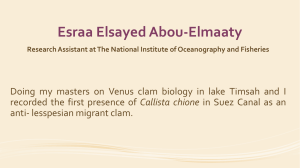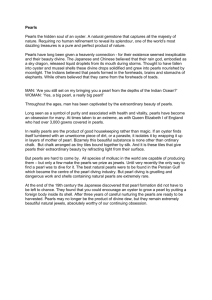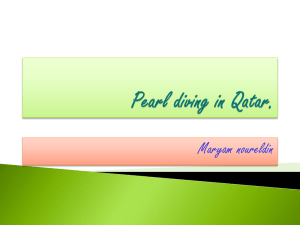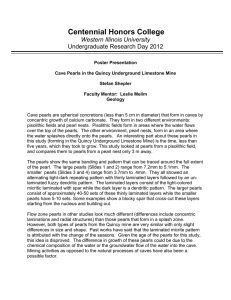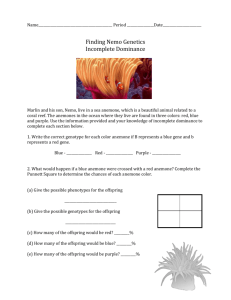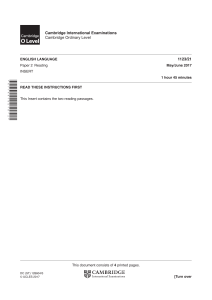PEARL DIVING
advertisement
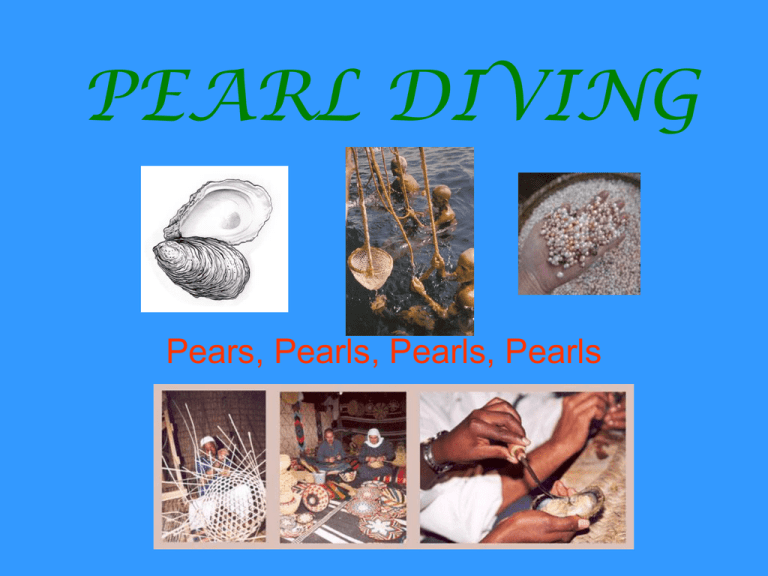
PEARL DIVING Pears, Pearls, Pearls, Pearls How Pearls Form • A piece of sand or grit gets inside the oyster shell. • Natural pearls also have parasites growing on their shells. • The oyster begins to cover the grit with a shell like material, called Nacve. • As more layers are added, the pearl takes shape. • A pearl takes an average of 10 years to become mature. • About 20% of oysters contain a pearl Pearl Diving • A pearl diver had a dangerous job. • He wore protective clothing and had to deal with weather and water conditions. • The diver would go to the ocean floor and search for oyster fields. • He place them in his basket and return to the boat. Boats had many divers searching for oysters. • Divers can stay underwater for 1-2 minutes. Normally they would find just one or two pearls in 50 or 200 shells! Nose Clip Pearl divers wore nose clips so that water would not go into the nose while diving. Cotton Suit A cotton suit was put on to protect the skin from jellyfish stings. Pearl diving was a dangerous job requiring skill and courage. Basket The diver had a basket hung around his neck to place the oysters in. Stone Bag A heavy stone bag was attached to the diver by a line to make sure that he stayed close to the line and near the boat. TRADE During the 19th and 20th century pearls were the most valued export in the Arabian Peninsula. The Nakhuda organized the sale of pearls. He usually sold them to a pearl merchant. Would you like to be a pearl diver? Why or why not? Jewellery In the Bedu communities all of their wealth was jewellery and livestock. Thalers were melted down to make bracelets, rings, hair ornaments and anklets. Hirz was a box attached to a necklace which contained the Quran.

